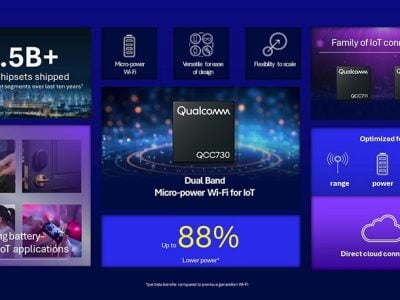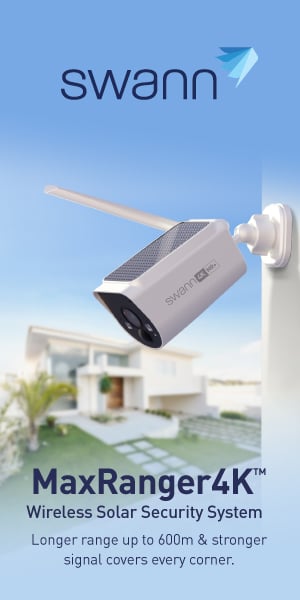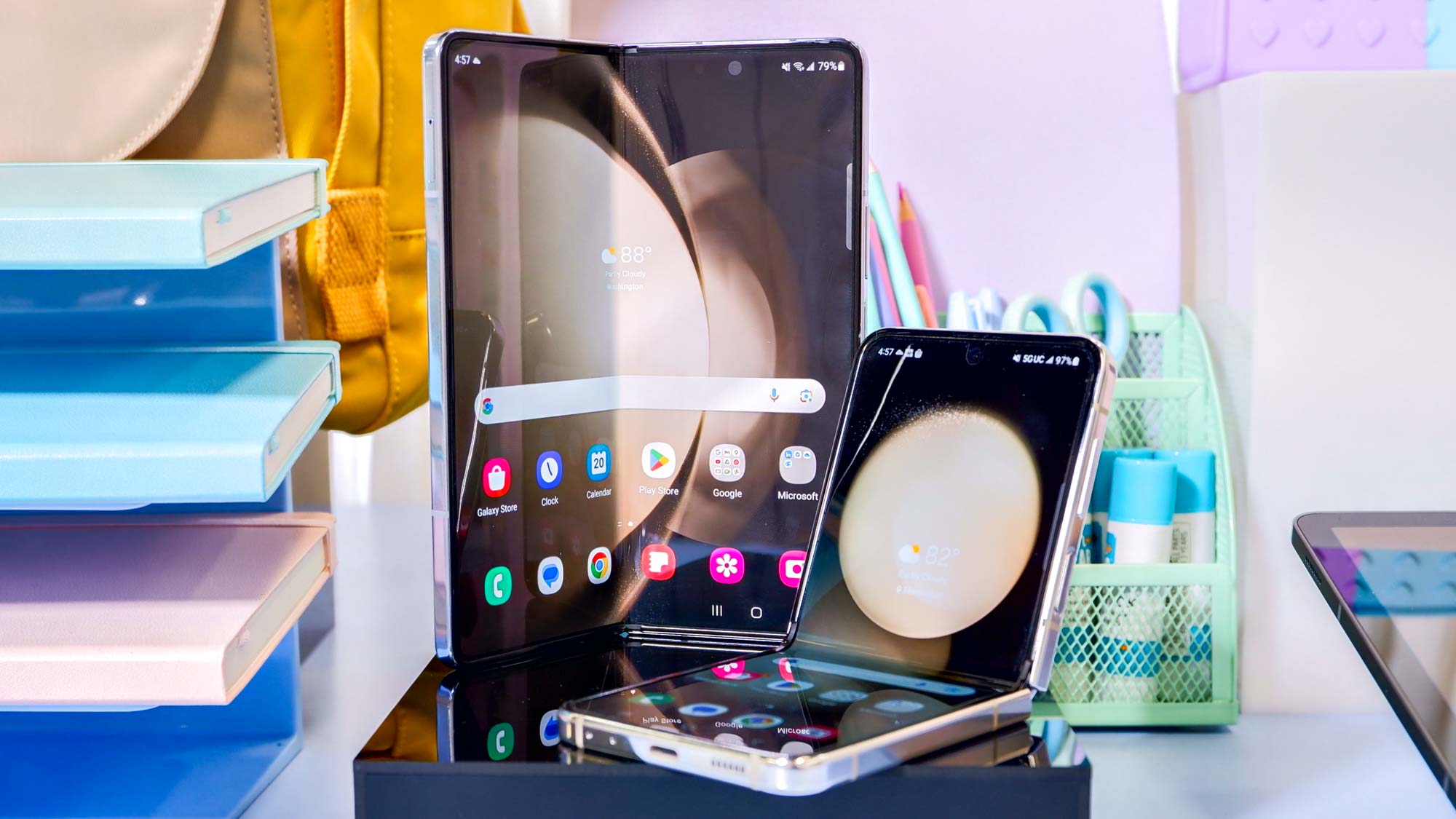Qualcomm have announced two new chips that are set to bring high quality features to mid-tier smartphones and tablets in the future.
The Snapdragon 660 and 630 chips both feature a new and improved CPU and GPU compared to the previous generation. The 660 builds on the old Snapdragon 653 with a 20% improvement in CPU performance and an improvement in GPU performance of up to 30%
The 630 similarly improves on the older Snapdragon 625 with a performance boost of 30% for the GPU and 10% for the CPU.
Features that were previously limited to Snapdragon 800-tier chips used in flagship smartphones from companies like Samsung, HTC, LG and Google will also be supported by the new chips. This may see mid-tier operators in a position to better compete with the top end of the market, at least when it comes technical specs.
These include a 14-bit Qualcomm Spectra 160 Image Signal Processor (ISP), which supports lag-free photo capture at up to 24-megapixels and 4K video capture and playback at 30 frames per second.
Both chips also support Qualcomm’s Snapdragon X12 LTE modem for download speeds of up to 600Mbps, while the 660 also supports 2×2 MU-MIMO 802.11ac Wi-Fi.
Other improvements include Bluetooth 5 support for up to double the transfer speed and quadruple the range, and Qualcomm Quick Charge 4 for up to 20% faster and 30% more efficient charging.
Qualcomm says the Snapdragon 660 platform is available to manufacturers now, while the Snapdragon 630 platform will become available later this month.














































